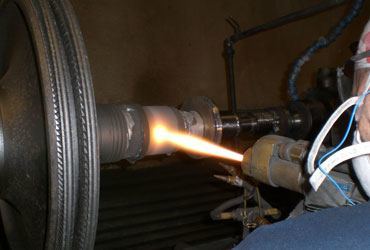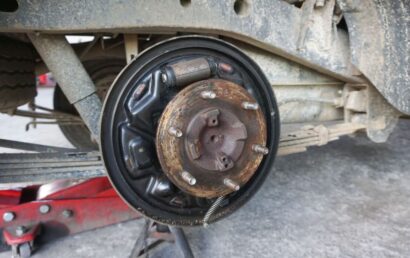4 Conformal Coating Defects And How To Prevent Them
Conformal coatings are crucial for protecting electronic circuits from environmental hazards including moisture, dust, and chemicals. Achieving a perfect application is essential, as any defects in the coating can significantly compromise the performance of your electronics. This article delves into four common conformal coating defects—cracking, bubbling, orange peel, and bridging—and offers detailed strategies to prevent these issues.
By implementing these measures, you can enhance the reliability and longevity of your devices, maintaining their functionality in various environmental conditions. Understanding and addressing these potential flaws is key to safeguarding the intricate components of your electronics.
Cracking and Delamination
One serious issue that may arise with conformal coatings is cracking or delamination. This occurs when the coating fails to adhere properly to the substrate or when internal stresses cause the coating to split, potentially exposing the underlying circuitry to environmental threats and leading to failures.
To prevent this, it’s important to verify the substrate is properly cleaned and prepared before applying the coating. Choosing the right coating material that matches the thermal expansion properties of the substrate and applying the coating in an environment controlled for temperature and humidity can also help minimize this risk.
Bubbles and Voids
Another common defect is the presence of bubbles and voids. These can appear when air is trapped under or within the coating during the application process. These defects reduce the aesthetic quality and the effectiveness of the protective barrier.
To avoid them, apply the coating in a dust-free environment using proper techniques like dipping or spraying at appropriate pressures. Additionally, consider using a vacuum or pressure pot process to eliminate trapped air before curing.
Orange Peel
An orange peel texture, which resembles the surface of an orange, might develop due to improper application techniques. This can also occur because of the use of incorrect solvent mixtures. This defect affects the smoothness of the coating surface and can compromise its protective efficacy.
To prevent an orange peel effect, adjust the viscosity of the coating material by using the correct solvent or thinning ratios. Optimize the application technique to achieve a smooth, even layer. Additionally, maintain consistent spray pressure and distance during application.
Bridging
Bridging occurs when the conformal coating forms unintended connections between components or leads. This creates conductive paths where there shouldn’t be any. This can cause electrical shorts and affect the functionality of the circuit.
To prevent bridging, carefully control the application process to apply the correct thickness without excess, utilize masking techniques to protect areas that should not be coated, and inspect and repair any inadvertent bridges immediately after application, before the coating cures. By familiarizing yourself with these prevalent conformal coating defects and adopting the preventive measures described, you can significantly improve the effectiveness of your protective strategies.
We specialize in providing top-notch conformal coating solutions that enhance and protect the performance of your electronics. Our committed team at A&A Coatings is ready to help you select the best materials and methods to avoid common pitfalls and ensure the success of your projects. Contact us today to learn how our innovative solutions can elevate the functionality of your electronics!



